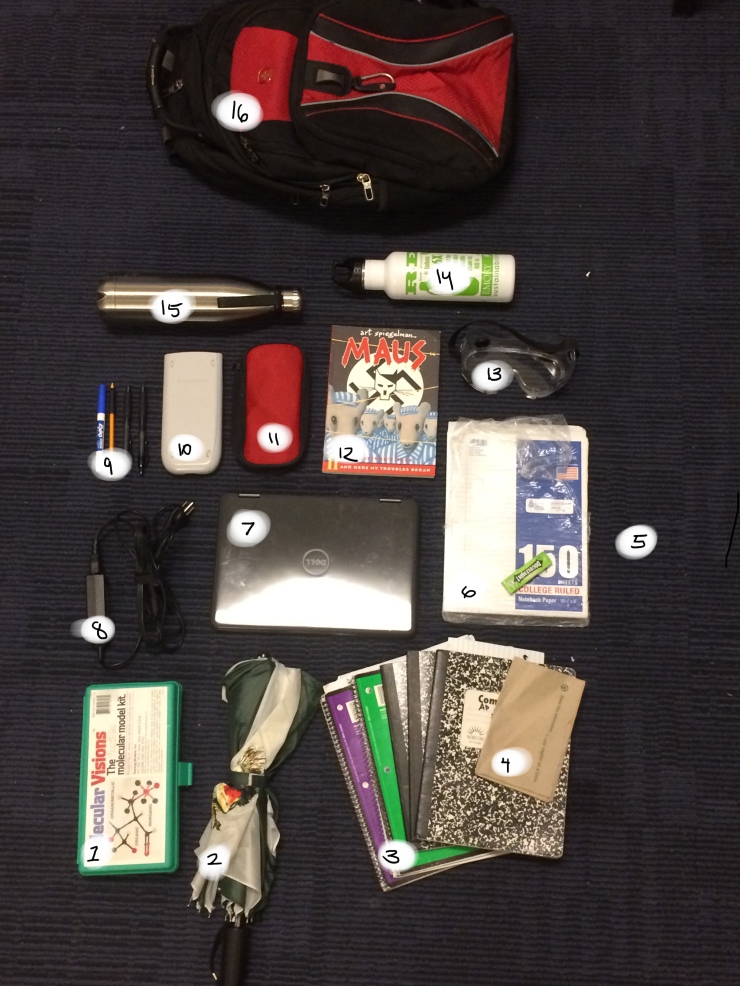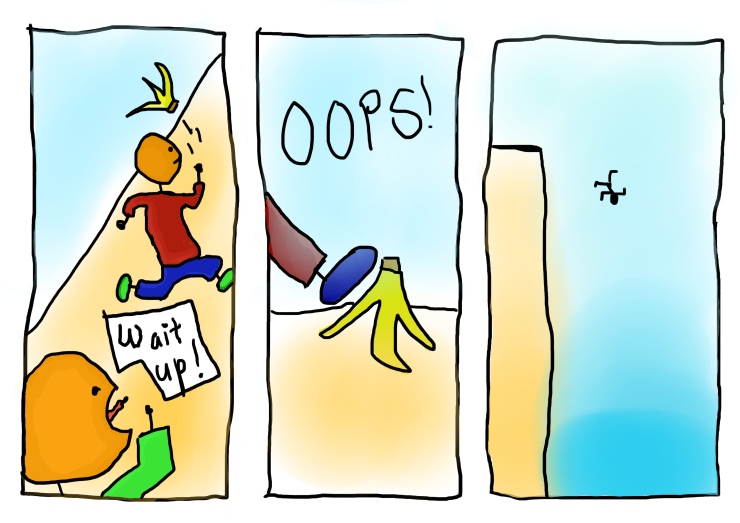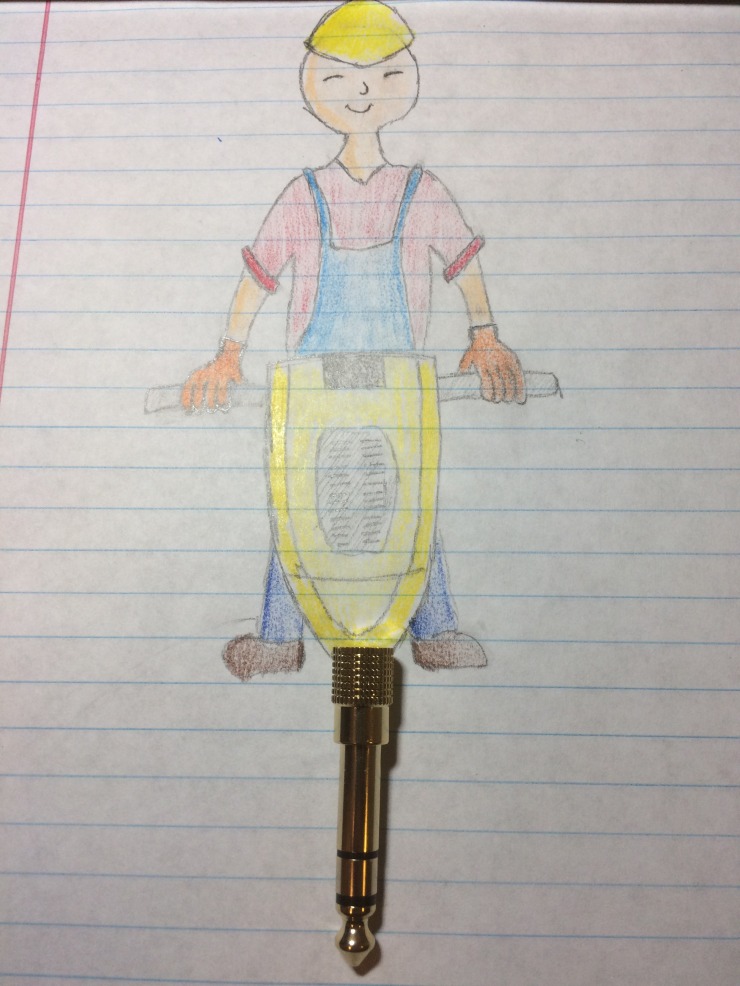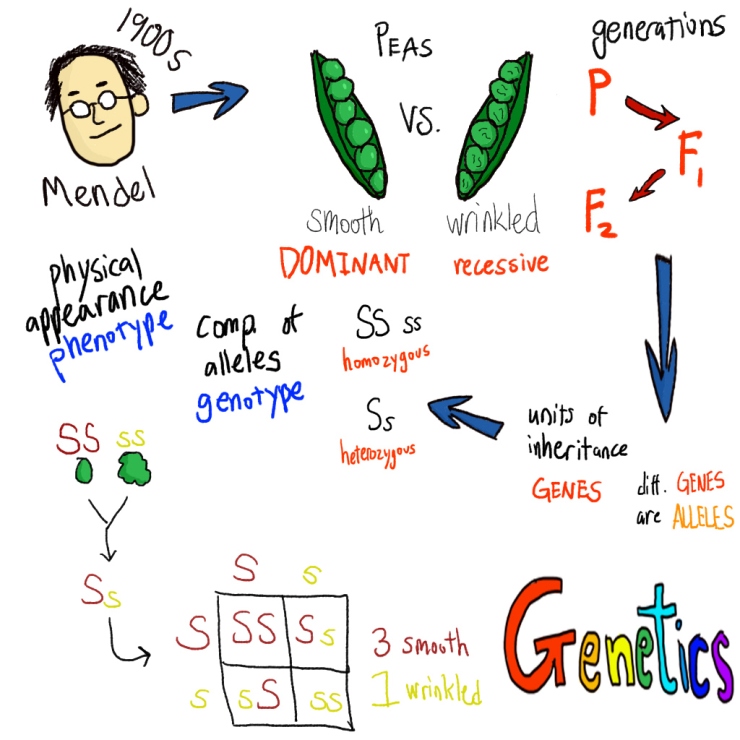Tracing Maus Reflection Post
This project was wonderfully enlightening to the idea of analyzing comics. Attempting to analyze these comics was something that I’d always been attempting to do up to this point in the class, but I’ve never attempted to go in great depths into the art of comics. I’m glad I did, for this has changed my perspective of comics greatly.
Prior to writing the essay, there was a lot of tracing that had to be done. I had to trace all the significant details of two pages, and then analyze them. This process involved first having to pick out two particular pages that stood out to me. This was actually one of the more difficult parts of the project, simply because everything felt on the same level to me. No one page stood out to me, simply because they all stood out to me. They all had so much that could be analyzed that it would be difficult to actually just choose one. Eventually, I just had to settle on a page that I felt was important to the story, as well as contained some differing elements from the other pages. After choosing the pages, I began to trace, only to wonder how much I should be tracing. Should I trace all the elements of the panel? The bare minimum? Somewhere in between? Finally, I decided that I was just simply going to trace the elements I needed. Thing such as shading could be seen within the story and would complicate the tracing too much. As I traced, I jotted down notes to collect my thoughts. This was both helpful in that it allowed me to gather all my thoughts together under one note, but harmful in that it would distract me from my tracing and I would have to check what I had traced. This was absolutely quite different from any other writing I’ve done, simply because it involved actually “doing the author’s work.” It’s difficult to explain this, but here’s my best way of explaining what this means. When you analyze a book, you are not rewriting the story, so you may miss small details. However, when I am tracing this page of work, I am actually physically redrawing the pictures. This allows for a lot of room to think. As I draw a certain line, I will wonder, “what is the purpose of this line?” It’s a very chess-like mindset, but it helps to catch all the little details. This, alongside with annotating the comic, allowed for a lot of expansion in what I could interpret things as. It began to feel like my “own” work, and I was able to understand why I would angle this that way, or draw that this way.
My writing process overall, however, didn’t change much for this assignment. Often times, I will plan out what I want to write about for each idea, and then from there, I start writing for each. Comparisons and contrasts are also a common theme in my writing, so that element of this assignment was no different. But, overall, I typically find it more useful to write about ideas in chunks rather than linearly. It reminds me of how some people tell you to write the story first, then you can think of a title. If you can build up the meat of what you want to talk about, then you can organize your story into a comprehensive story much easier than if you had to start from the very start. However, I may have some bias here. I have often written essays, stories, and other writing works in this very style, and I’ve always found a decent amount of comfort in doing so.
As I mentioned several times above, I really appreciate this assignment because it helped me get into the little details that no one pays attention to. This “secret language of comics” has begun to show it’s face in more and more works, thanks to this assignment. This assignment also helped me understand Maus as a whole concept much better. When I look back on any random page, I can start to see the small puzzle pieces forming a bigger picture. The only difference is that this picture is clearer. I really love this book. I remember I read it around middle school time, and I didn’t understand it very well. I got that it was a sad book, but like many who read comics, I simply read it, enjoyed it, and put it down. I didn’t understand the story, the purpose, the art, or anything else. I simply read it and liked it. But now that I understand so much more, I love this book. I love the effort it puts into the little details. I love the self-awareness of the book and the struggles of writing it. I love the constant glimpses into Art and Vladek’s present. And I love the connections it draws between past, present, and future. It becomes quite clear why this book is so well received. If I had to declare one insight that I gained about the book when I read, traced, annotated, and analyzed the pages, it would have to be the subtleness of everything and their purpose. I’ve known for a long while that, in many games or books, everything has a reason for being there. Growing up on chess, I was always taught that every move you make should have a reason. Every piece should be on that square for a reason. And I knew this. I applied it to many aspects of my life, including books, and eventually, comics. But there is a differenced between knowing something exists and seeing that something exists. And I’m glad that I can now see the “secret language of comics,” for it has brought me new light to not only how comics work, but how life works.





